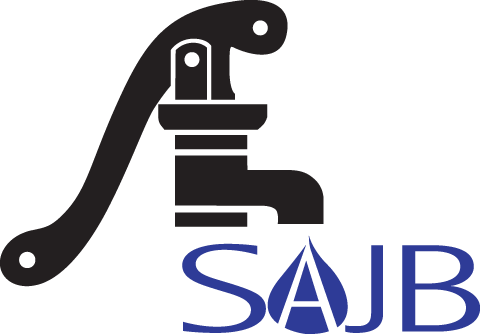Groundwater Protection Measures
Sewer Installation
Most homes and businesses are connected to public sewage systems that process wastewater at treatment plants under strict guidelines. Yet in many areas there are homes that use septic systems. Water from dishwashing, bathing, toilets, and laundry is collected in a septic tank or cesspool, and discharged into the ground. This household wastewater contains bacteria and viruses that can spread human disease, as well as harmful chemicals such as nitrates and anything else poured down the drain. In areas with only a few septic systems on large acreages, the wastes are adequately treated or diluted and do not harm people or the environment. In areas that are packed with one or more septic systems per acre, contamination can occur.
Sewer districting is the one sure way to protect from septic system contamination of groundwater. As rural areas grow into small towns, suburbs or even cities, the installation of a sewer system, where wastes are moved by pipes from homes to a central treatment facility to properly process human and household waste, is the correct action.
Septic Tank Maintenance
In areas where septic systems are adequate to treat waste, it is important to keep them working properly. Waste accumulates in septic tanks. They are not bottomless pits. It is important to “pump” excess waste out of the septic tank on a periodic basis —every one to three years depending on usage, demand, and size of property.
Stormwater Management
When it rains or snows, the oil and chemical contaminants on streets and sidewalks are washed down storm sewers or on the ground. These potential contaminants can slowly filter down to groundwater aquifers below. Grass, plants, and other vegetation are natural “filters” for contaminants. It is important to have ground cover like grass in areas where stormwater collects to remove many of the contaminants. We call these “grassy swales” or grass infiltration areas. This simple practice can reduce the potential for contaminants washed off streets and other impervious surfaces. Grassy swales biologically treat up to 90% of contaminants before they reach groundwater supplies below.
Other ways to protect from stormwater contamination are to keep automobiles leak free, keep herbicides, pesticides, and fertilizers only on the lawn surfaces where they belong, and avoid use of hazardous materials on or near surfaces that may drain into the ground or down storm sewers.
Household Chemical Management
According to the United States Environmental Protection Agency (EPA), the average American disposes of about one pound of household hazardous waste a year. Hazardous wastes in simple terms are toxic substances. Any of the below-mentioned substances can contaminate groundwater:
Paint thinners
Motor Oils
Oil-based paints
Fertilizer
Gasoline
Solvents
Pesticides
Furniture strippers
Anti-Freeze
Chemical Spot Removers
Brake Cleaners
You can protect groundwater supplies from household chemical contamination by following a few simple rules:
- Buy the least toxic product available. Read the label.
- Buy only the amount you need.
- Follow label directions—more is not necessarily better!
Properly dispose of Household Hazardous waste.
Store hazardous products in their original, sealed and labeled containers. Use the Waste and Recycle Directory to find an approved hazardous waste disposal location.
Residential hazardous wastes in Spokane County can be taken to the Waste to Energy Facility, the North County, Valley and Sunshine University Transfer Stations. In north Idaho, the Kootenai County Solid Waste Department operates the Prairie and Ramsey Transfer Stations that accept hazardous wastes.
If you do not have a hazardous waste disposal site in your community, check with your city or waste hauler to see if they have disposal events where marked HHW containers are accepted for proper disposal.
